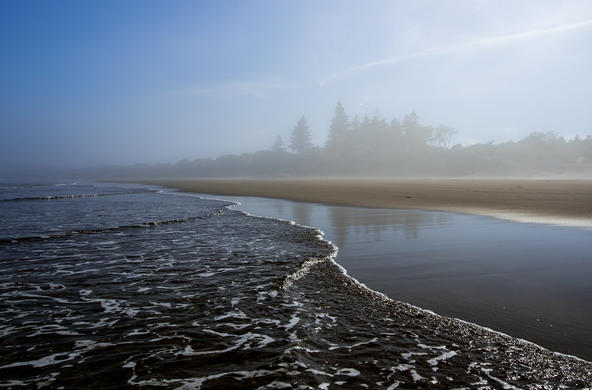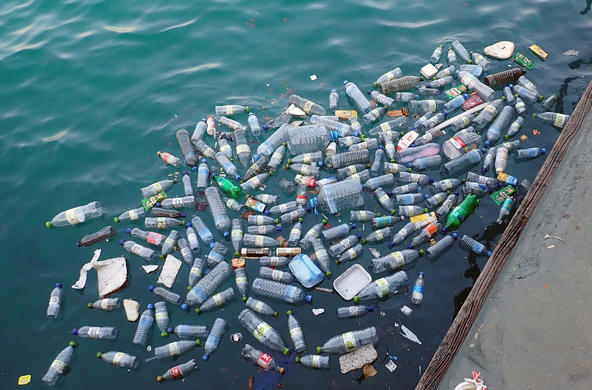From its origins in the Kenyan highlands, Africa’s Mara River runs 245 miles to Lake Victoria, the world’s largest tropical lake. The river provides water to a million people, many rural and poor. It also passes through two of Africa’s most important game reserves: the Serengeti and the Maasai Mara.
Cary Institute scientist Dr. Emma Rosi-Marshall is working with colleagues at Yale University to understand how wildlife impacts the Mara River. Degraded waters have been linked to typhoid and cholera outbreaks, as well as fish kills. Her East African field site is home to the largest overland animal migration in the world.
A million and a half wildebeest cross the Mara annually in their quest for greener grasslands. In the chaos of the stampede, fatalities are common. Unsuccessful wildebeest drown in the river, which is further influenced by 4,000 resident hippos.
Each hippo contributes some 18 pounds of dung daily. On high flow days, deposits are washed downstream. But when flow is low, waste accumulates in pools. During the next high flow event, when these large pools are ‘flushed,’ the deluge of organic matter can result in fish kills.
Dubbed ‘The River of Death,’ the Mara is home to two of Africa’s most deadly animals: hippos and Nile crocodiles. This presented a challenge to data collection. One answer was found in a collaboration with Carnegie Mellon University’s Robotics Institute.
Remote controlled airboats were outfitted with monitoring sensors and disguised to look like crocodiles. Capable of creating underwater maps and recording environmental variables, the robo-crocs can perform reconnaissance largely undisturbed by river wildlife.
National Science Foundation funding will allow Rosi-Marshall and her colleagues to use the robo-crocs and other experimental approaches to pinpoint downstream impacts of wildebeest deaths and ‘river flushing’ events. Insights will be conveyed to managers with the help of partners at National Geographic and the World Wildlife Fund.





